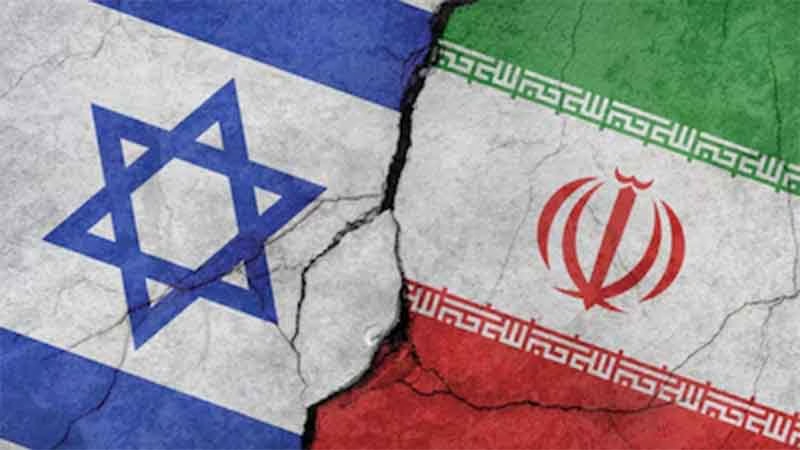
A decade or two ago, many in the development community acted with the best of intentions, but without the best of evidence. If households lack clean water—help build wells ; if people suffer ill health—set up health services; if the poor lack capital to start businesses, give them credit. But the actual reality is not simple, it is very complicated. Well water can be contaminated, people don’t always use their local clinic, and savings or insurance may be better than credit. In theory, the poor themselves are in the best position to know what their communities need and what the right choices are.
There are critics who believe the poor are so poor, why you would make them pay for things. My experience over almost four decades, during which I closely connected with rural India, has taught me that for the rural poor dignity is more important than anything else and that the poor already pay for things, so let’s find a way to provide them things they can afford and want. What the poor insist is we design solutions that actually solve thei socio economic problems. In short ,we understand their problems and than start working on the solutions instead of arriving in ther villages with predesigned programmes. This ethos underpins the new development paradigm. The mantra is: “Tell us what the poor want, don’t tell us what you think is good for them.”
We need to bring in the poor to the conversation. Interventions that take the end user into account almost always have better success rates than top down decision-making ones. When poor communities think at the human level, all their goals are interconnected. But under the internationally conceived top-down model, communities are not treated as equal partners, and the goals have been compartmentalized into project mode, to suit donors and governments. Where possible, I think it’s much better to support local groups rather than those international organizations, as the locals cost much less than foreigners and they usually have a much better idea of what people need. Outside aid prevents people from searching for their own solutions, while corrupting and undermining local institutions and creating a self-perpetuating lobby of aid agencies
In his reflections on fieldwork, the doyen of Indian anthropologists, Professor M.N. Shrinivas, described successful ethnography as passing through several stages. An anthropologist is ‘once-born’ when he goes initially to the fields, thrust from familiar surroundings into a world he has very little clue about. He is ‘twice-born’ when, on living for some time among his tribe, he is able to see things from their viewpoint. To those anthropologists, fortunate enough to experience it, this second birth is akin to a Buddhist urge of consciousness, for which years of study or mere linguistic facility do not prepare one. All of a sudden, one sees everything from the native’s point of view, be it festivals, fertility rites or the fear of death. In short, we need development anthropologists.
During the last several decades, Third World governments, backed by international aid organizations, have poured billions of dollars into cheap-credit programmes for the poor, particularly in the wake of the World Bank’s 1990 initiative to put poverty reduction at the head of its development priorities. And yet those responsible for such transfers had, and in many cases continue to have, only the haziest of ideas of what they achieved, and how their intervention could be redesigned to improve matters
Although imported programmes have the benefit of supplying ‘pre-tested’ models, they are inherently risky because they may not take root in the local culture when transplanted. Home-grown models have greater chances of success. The hundreds of millions of households who constitute the rural poor are a potential source of great wealth and creativity who, under present institutional, cultural and policy conditions, must seek first and foremost their own survival. Their poverty deprives not only them but also the rest of us of the greater value they could produce if only they were empowered and equipped with the right tools.
The people who pioneered the world’s most successful development programmes recognized this potential and always sought to evoke it. These are the ones who enabled the poor to take the right step on the right ladder at the right time. The results have been miraculous.
Social capital has become a ubiquitous part of community-based development theory over the last decade, especially at the World Bank. The idea presumes that the key to social problems fo the lower income pyramid lies in the capacity of a community to develop collectively beneficial activities and institutions. In too many places and too many ways, women are taking charge of themselves after grappling which the levers being provided to them.
We should not discount completely the merit of providing certain goods and services to the people at the bottom of the economic pyramid, but the fact remains that poor people are not at the bottom of the knowledge, ethical, or innovation pyramids. Unless we build on the resources in which poor people are rich, the development process will not be dignified and a mutually respectful and learning culture will not be reinforced in society. We must remember that inclusive development cannot be imagined without incorporating diversified, decentralized, and distributed sources of solutions developed by local people, on their own, without outside help.
One of the great thinkers of the last century who articulated the human dilemma very succinctly was Jiddu Krishnamurthi. Krishnamurthi did not expound any philosophy or religion. He talked about the things that concern all of us in our everyday lives, of the problems of living in modern society with its violence and corruption, of the individual’s search for security and happiness, and the need for mankind to free itself from inner burdens of fear, anger, hurt, and sorrow. He explained with great precision the subtle workings of the human mind, and pointed to the need for bringing to our daily life a deeply meditative and spiritual quality. The core of Krishnamurthi’s teaching is contained in the statement he made in 1929 when he said, “Truth is a pathless land”. Man cannot come to it through any organization, through any creed, through any dogma, priest or ritual, not through any philosophical knowledge or psychological technique. He has to find it through the mirror of relationship, through the understanding of the contents of his own mind, through observation and not through intellectual analysis or introspective dissection.
If we see and analyze societies which have grown and prospered we will observe that several development successes have occurred in less than optimal settings. A lot of good programs got their start when one individual looked at a familiar landscape in a fresh way .In each case, creative individuals saw possibilities where others saw only hopelessness, and imagined a way forward that took into account local realities and built on local strengths. . We increasingly have the tools. But we lack the necessary political will .If we have the courage to use them, the course of history will be truly different.
(The writer is author of Village Diary of a Heretic Banker and Women in Islam: Exploring New Paradigms)










































